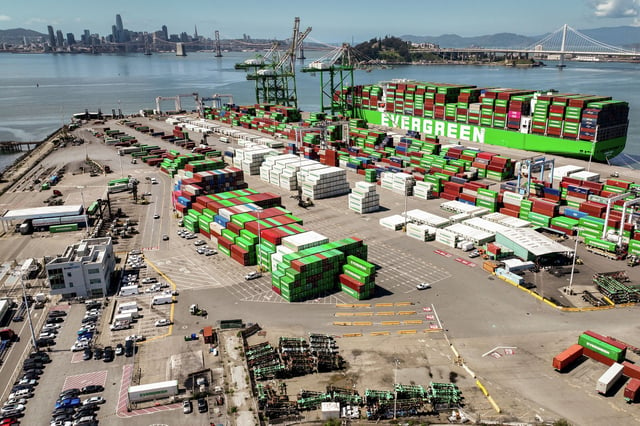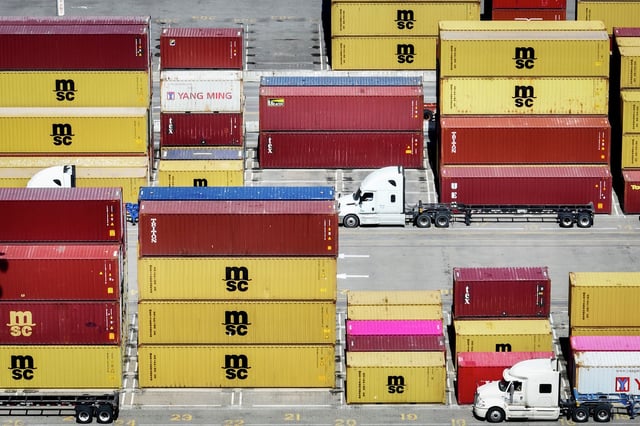Overview
- Tariffs fully took effect in early August, imposing an average 18% duty on imports and up to 50% for countries like India and Brazil under President Trump’s reciprocal structure
- The U.S. Court of Appeals for the Federal Circuit heard the government’s appeal in late July and indicated skepticism of the president’s emergency-power claim, with its forthcoming ruling set to decide the policy’s legality
- President Trump warned on Truth Social that striking down the tariffs would trigger a “1929-style Great Depression,” highlighting record monthly tariff revenue of $29.6 billion and recent market highs
- Economists including KPMG’s Diane Swonk point to rising import prices, squeezed corporate margins and elevated long-term unemployment as early signs of stagflation risk
- Research from UC Davis and others suggests modest welfare gains from a uniform 12.5% tariff would vanish under retaliation, a concern underscored by India’s projected 40–50% plunge in apparel orders under 50% U.S. duties


